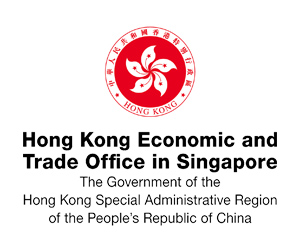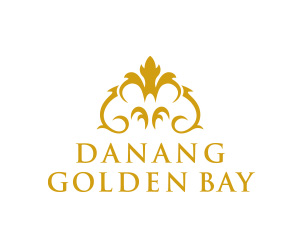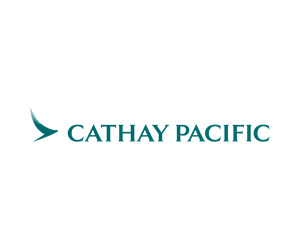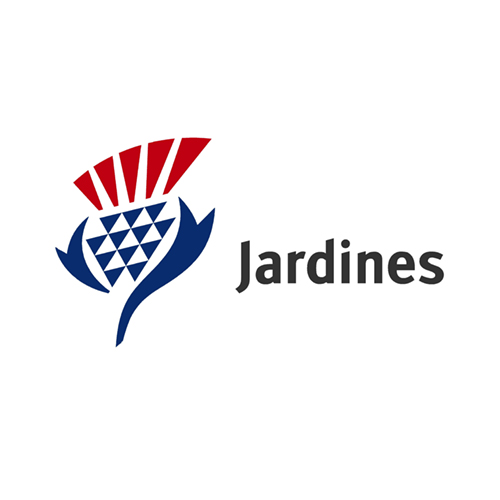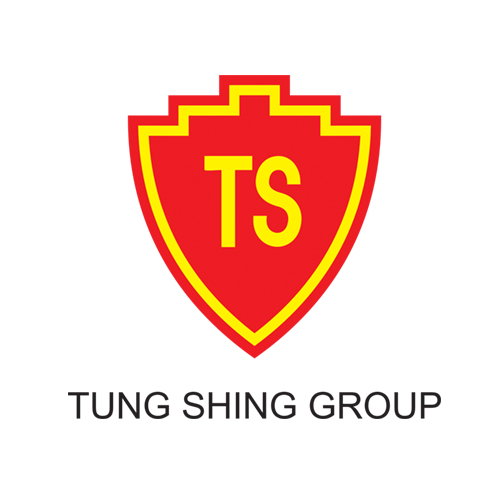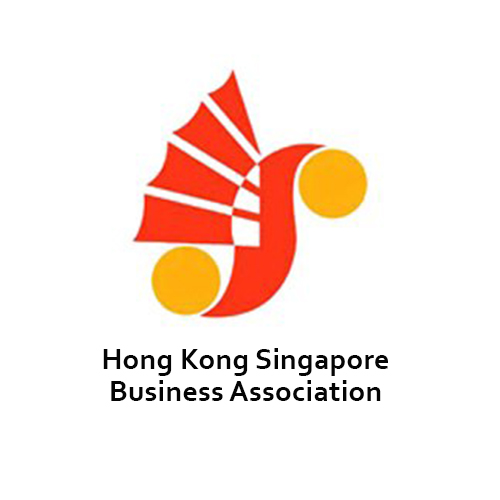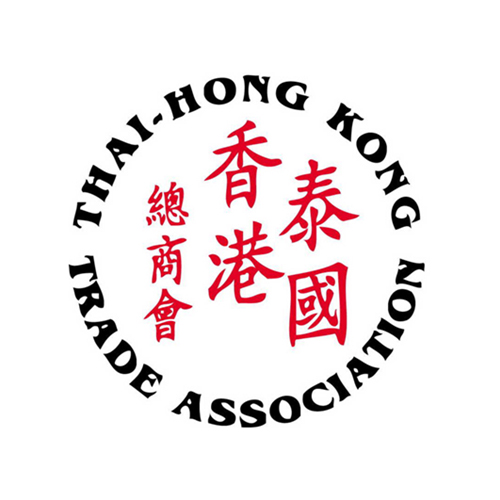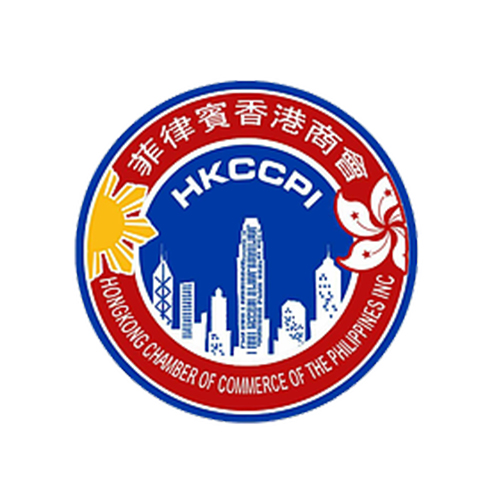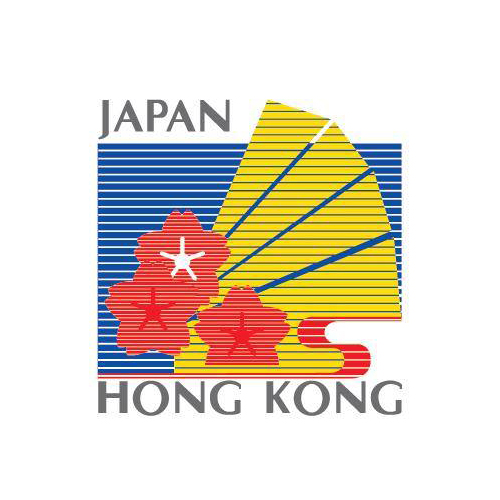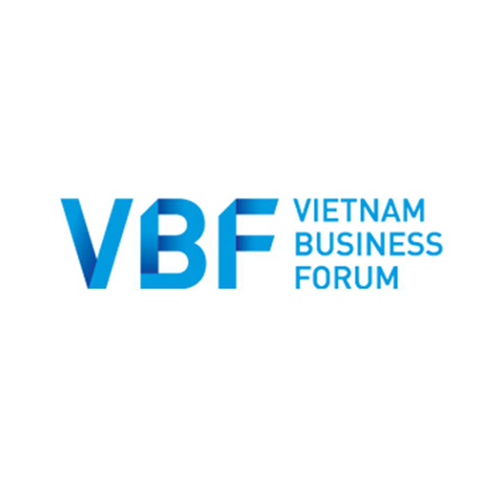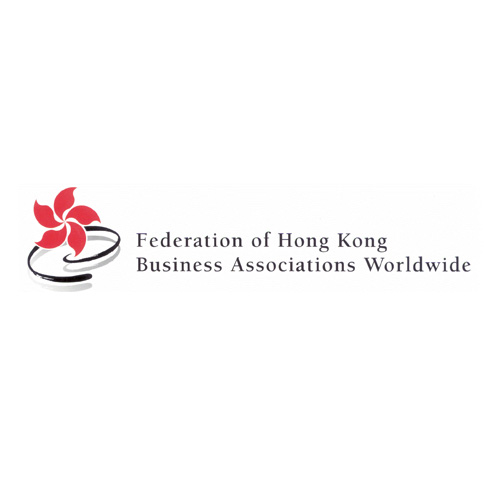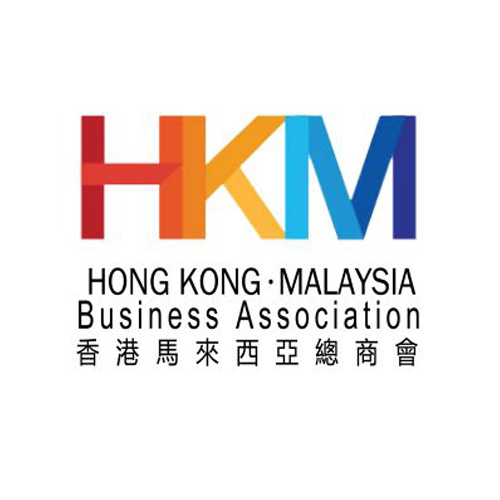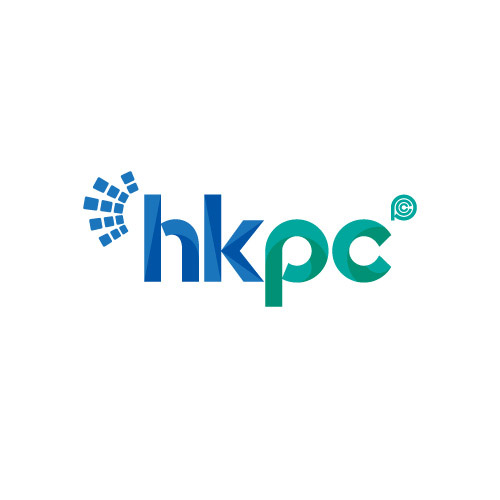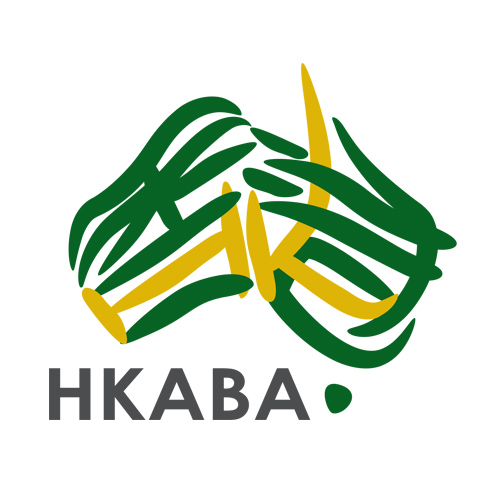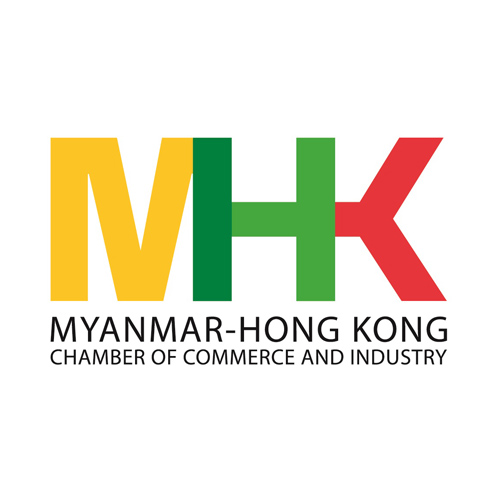Want to be in the loop?
subscribe to
our notification
Business News
VIETNAM IMPORTS US$6.6 BILLION IN TEXTILE-GARMENT MATERIALS IN H1
Though the Comprehensive and Progressive Agreement for Trans-Pacific Partnership (CPTPP) has been in force for a while, Vietnam has not made much use of the free trade agreement and imported US$6.7 billion worth of materials in the first half of the year.
One central issue to benefit from the deal is finding ways to meet the yarn forward rule of origin, said Truong Van Cam, general secretary of the Vietnam Textile and Apparel Association (VITAS).
The textile and garment industry imported US$12.7 billion worth of fabric last year and some US$6.7 billion in January-June of this year. As VITAS data showed, materials are mainly imported from non-members of the free trade agreements Vietnam has signed, with 55% from China, 20% from South Korea, 16% from Taiwan and 5% from Japan
The CPTPP, which took effect last January, and the EU-Vietnam Free Trade Agreement (EVFTA), which was signed last June, are expected to allow Vietnamese products to approach a market with a billion consumers, which makes up around 40% of global gross domestic product.
Peru, Mexico and Canada are among the CPTPP countries that have no free trade agreements with Vietnam. Given this, Vietnam’s textile and garment exports to Canada have brought US$700-800 million, only trailing Japan.
These two agreements feature fast and deep tax cuts. Vietnam’s textile and garment products are currently taxed 9.6% on average when exported to the European Union. The duties for exports to the CPTPP bloc are varied and depend on the market: 17% to Peru and 20%-35% to Mexico. Both trade deals will soon contribute to cutting tariffs to zero.
Almost all textile and garment products will not be subject to tariffs. The European Union has created a road map for rapid tariff cuts, where over 85% of tariff lines will be cut instantly to 0% and almost 100% of tariff lines will be cut seven years later.
As for the CPTPP, the tax cut road map is longer, reaching up to 16 years in certain markets such as Mexico and Peru as these markets have production and export structures similar to those in Vietnam.
Opportunities will remain undertapped if Vietnam fails to resolve the yarn-forward issue. Clothing brands have their own supply chains, whereas domestic firms have not been able to deeply integrate with these chains and have mainly focused on outsourcing, a stage with the lowest added value of the entire chain. The problems dogging the yarn-forward rule of origin are not easy to resolve, especially if brands keep using materials from partners outside the CPTPP and EVFTA.
Materials from Vietnam are usually 10% higher priced than similar materials from China, noted Ron Dutta of Garan Incorporated, a company with 10 years of operations in Vietnam. He added that Vietnam’s material sources are limited to mostly cotton, and local labor costs are no longer cheap.
China, the supplier of more than half of the materials used by Vietnam, produces materials on a large scale, hence its competitive prices. However, China is not a party to either of the two new-generation trade deals that Vietnam has signed. Vietnam and China are now only members of the ASEAN-China Free Trade Agreement, which became valid in 2010, and the Regional Comprehensive Economic Partnership, which is under negotiation.
According to the VITAS representative, the benefits of the CPTPP and the EVFTA are expected to convince brands to seek local suppliers instead of foreign ones. If the yarn-forward rule is not met, Vietnam’s products will be taxed up to 25%.
However, support from the authorities is essential. The Ministry of Industry and Trade is formulating a textile and garment development strategy, which is expected to be issued this year. If the strategy is approved, large industrial parks will be developed to attract projects to solve the problems of the industry.
“We have high hopes for this strategy,” Cam said.
VITAS hopes that once the textile and garment industrial parks, measuring 400-500 hectares, are built, they will attract projects for fiber, weaving and dyeing. Each industrial park can provide at least one billion meters of fabric per year.
Nonetheless, the construction of industrial parks designated for textile and garment projects to solve environment-related problems is not an easy task in the context of limited land resources.
Source: The Saigon Times
Related News

GOLDEN DEAL, KNOCK-DOWN OFFER
Are you ready for a fun-filled family vacation. Don't miss the super attractive Family Staycation package at Becamex Hotel. 2 days 1 night package with full amenities and free activities: Buffet breakfast, Swimming, tennis, bicycle, gym, sauna, cool ice cream, 300.000 VND service voucher and many other offers! Contact now for detailed advice.

"BEARY CHRISTMAS" CHARITY PROGRAM
As the Festive Season approaches, Caravelle Saigon, in collaboration with VinaCapital Foundation (VCF), is bringing a heartwarming charitable initiative to life — and we are delighted to invite all HKBAV members to take part in the very first “Beary Christmas” Charity Program. By adopting a Caravelle Bear for VND 299,000 nett, you will be directly supporting children battling cancer in Vietnam through VCF’s Can-Care/Can-Clover Program.

SOILBUILD INTERNATIONAL WINS “BEST INDUSTRIAL DEVELOPMENT” AWARD FOR SPECTRUM NGHE AN AT THE PROPERTYGURU VIETNAM PROPERTY AWARDS 2025
Soilbuild International is pleased to announce that its project, Spectrum Nghe An, has been awarded Best Industrial Development at the PropertyGuru Vietnam Property Awards 2025, held on 24th of October 2025, in Ho Chi Minh City. The PropertyGuru Vietnam Property Awards is part of the prestigious PropertyGuru Asia Property Awards series, the largest and most respected real estate awards programme in Asia.

WEBINAR: 2025 VIETNAM KEY TAX FINALISATION, UPDATES ON TAX CHANGES AND GLOBAL MINIMUM TAX
Dear Valued Client,We would like to invite you to our webinars on Friday, 12 December 2025, and Tuesday, 16 December 2025, to review and learn about key 2025 tax finalisation topics and stay ahead with the latest tax changes.
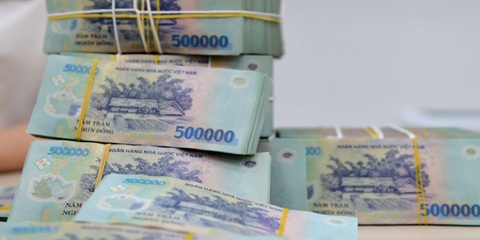
NEW ECONOMIC POLICIES EFFECTIVE THIS DECEMBER
Government Decree 304/2025, effective December 1, sets stricter conditions for seizing collateral, especially assets that are a borrower’s sole residence or essential work tools. In such cases, lenders must set aside a compensation amount equivalent to six to twelve months of minimum wage. The measure aims to improve transparency in bad debt handling and reduce credit risk in the banking system.
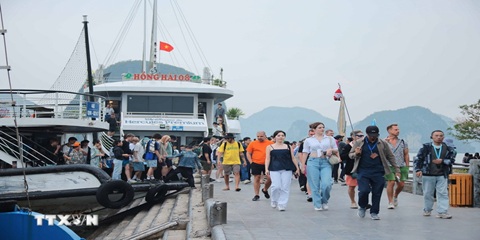
QUANG NINH TARGETS VND58 TRILLION IN TOURISM REVENUE
Quang Ninh Province is aiming to generate VND58 trillion in tourism revenue this year after surpassing its goal of 21 million visitors, driven by new tourism products, expanded nighttime activities, and large-scale events. As of mid-November 2025, Quang Ninh had welcomed 21.28 million visitors, up 12% year-on-year. Tourism revenue reached at least VND57 trillion, a 22.46% increase from the same period last year. With its visitor target achieved, the province is now pushing toward its revenue goal of VND58 trillion.
